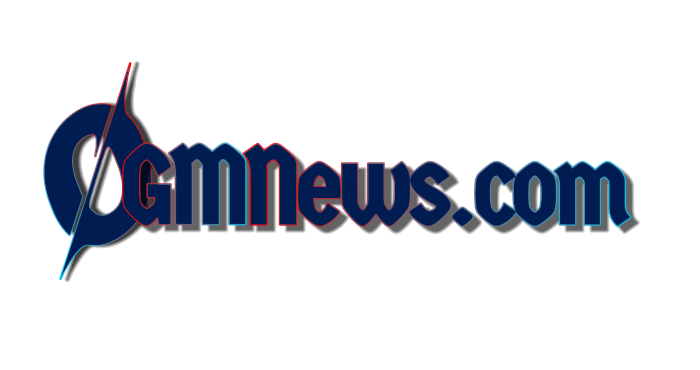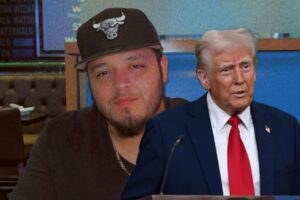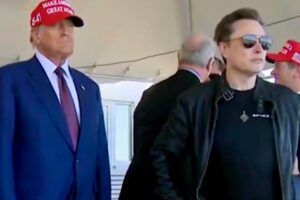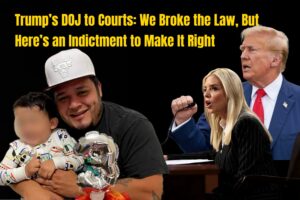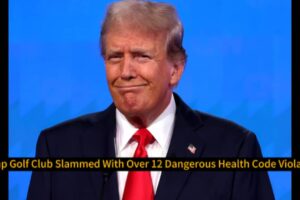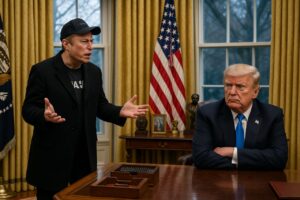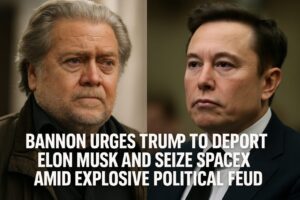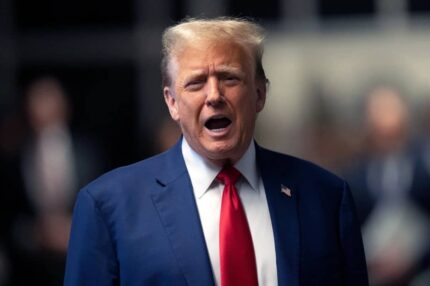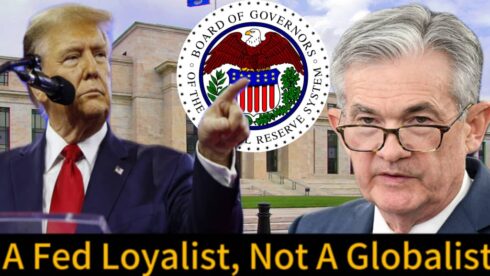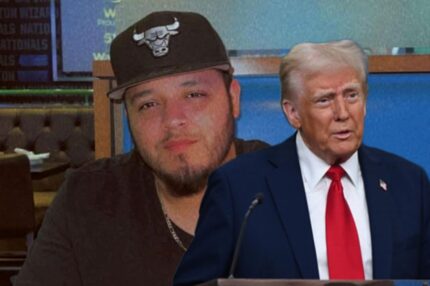Since his return to the White House, Donald Trump has embarked on an unprecedented consolidation of power, systematically dismantling institutional barriers that could challenge his authority. Moving at an accelerated pace, he has targeted law firms, universities, the press, and the arts, coercing them into alignment with his administration’s objectives. His approach, which blends executive orders with financial leverage, is effectively muting dissenting voices while rewarding those who conform.
Trump’s actions extend beyond policy changes, aiming to reshape who can vote, who receives student loan relief, and who is allowed to remain in the country. A Republican-led Congress has largely abdicated its oversight responsibilities, leaving the courts as the primary check on his authority. However, Trump’s legal maneuvers are inching the U.S. toward a constitutional crisis, with judicial interventions becoming one of the few remaining obstacles to his expansive power grab.
Targeting Law Firms and Universities
Trump’s efforts to reshape American institutions have included an aggressive crackdown on legal firms and academic institutions. Law firms that previously engaged in cases against him have faced punitive measures, including revoked contracts and financial penalties. Paul Weiss, a prestigious law firm, was pressured into committing millions in pro bono work for Trump-aligned causes, while WilmerHale was targeted for hiring Robert Mueller and other attorneys involved in investigations against Trump.
Universities have also faced immense pressure, with Trump using federal funding as leverage to enforce ideological conformity. Columbia University, for example, has been forced to alter its curriculum under government directives. Meanwhile, student visa revocations have surged, targeting those involved in pro-Palestinian protests. Over 300 foreign students have been deported, with Secretary of State Marco Rubio openly declaring his intent to continue the crackdown.
A Chilling Effect on Free Speech and the Press
Trump’s disdain for press freedom has translated into direct actions against media organizations. His administration has altered the longstanding tradition of allowing journalists to select representatives for press pools, instead handpicking right-leaning outlets while excluding major news organizations like The Associated Press. A refusal to refer to the Gulf of Mexico as the “Gulf of America” led to AP’s expulsion from a White House event.
In addition, Trump has extended his influence to the arts. The Kennedy Center has seen its board reshaped, with Trump assuming the chairmanship and vowing to recognize only “patriotic” artists. Broadway shows, including “Hamilton,” have responded by canceling appearances at the venue, highlighting concerns over political interference in cultural institutions.
Executive Orders Reshaping Elections and Public Services
Trump’s most sweeping reforms are directed at elections and public services. A recent executive order mandates proof of citizenship for voter registration, a move that could disenfranchise millions of Americans, particularly those without passports. The order bypasses state authority over elections, raising serious legal challenges.
Additionally, public service organizations are now facing new restrictions. Workers at groups advocating for undocumented immigrants or transgender youth risk losing student loan forgiveness benefits, reinforcing Trump’s agenda of punishing ideological opposition through economic means.
Judicial and Public Resistance to Trump’s Moves
Despite Trump’s aggressive tactics, judicial pushback remains a formidable hurdle. A federal judge recently blocked his attempt to strip WilmerHale of government contracts, labeling the move a clear violation of constitutional rights. Similar lawsuits are emerging against his election orders, with courts questioning the legality of his unilateral mandates.
Public resistance is also growing. Democratic Senator Chris Murphy has warned that mass protests may be the only effective counterforce to Trump’s power consolidation. Meanwhile, legal scholars and civil rights advocates are sounding alarms over the erosion of democratic norms and the potential for an authoritarian slide.
As Trump continues his relentless pursuit of unchecked power, the nation finds itself at a critical juncture. Whether the courts, public institutions, and grassroots mobilization can withstand his aggressive tactics remains an open question—one that will define the future of American democracy.
The Path Forward
With Trump’s administration tightening its grip on critical institutions, opposition forces must strategize new ways to counteract these moves. Lawmakers, advocacy groups, and citizens alike face a defining moment in American history. The battle over democratic principles is no longer theoretical—it is unfolding in real time, and its outcome will shape the nation for generations to come.
